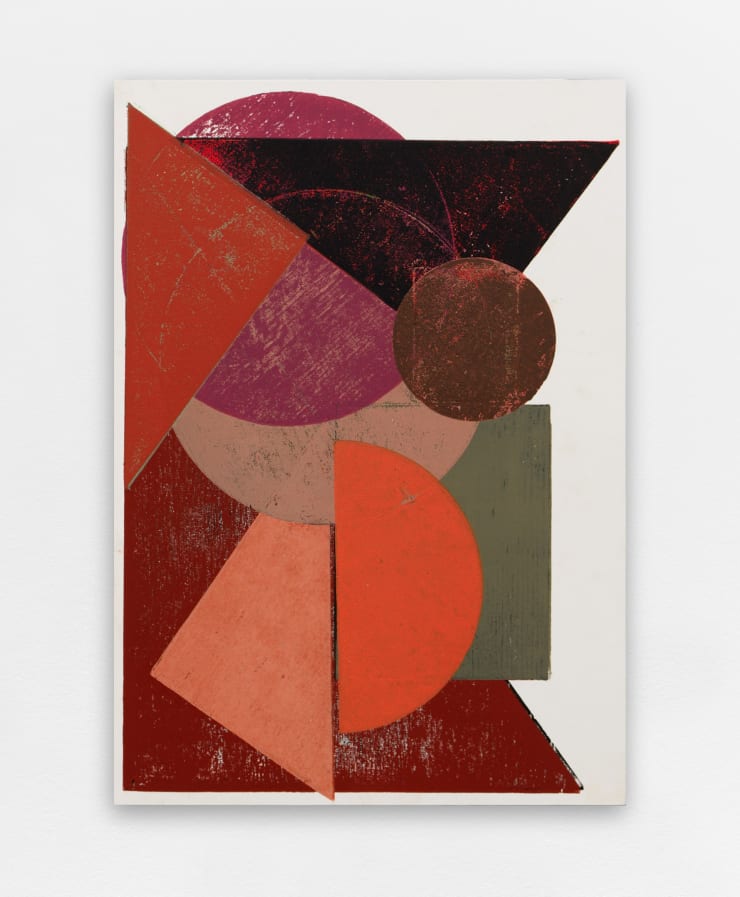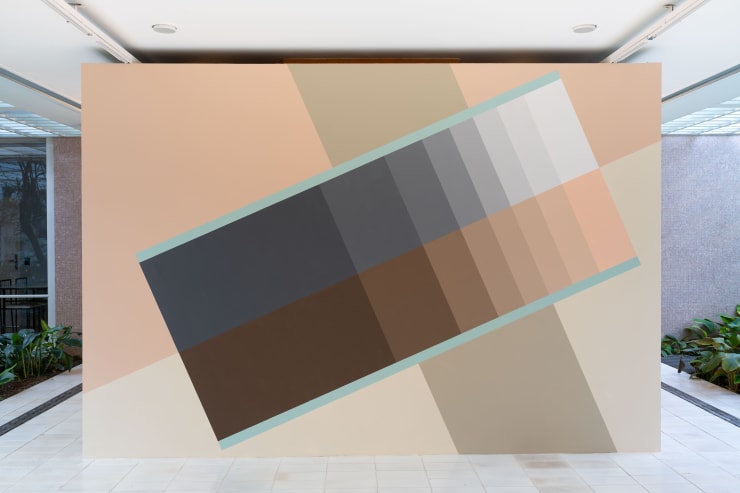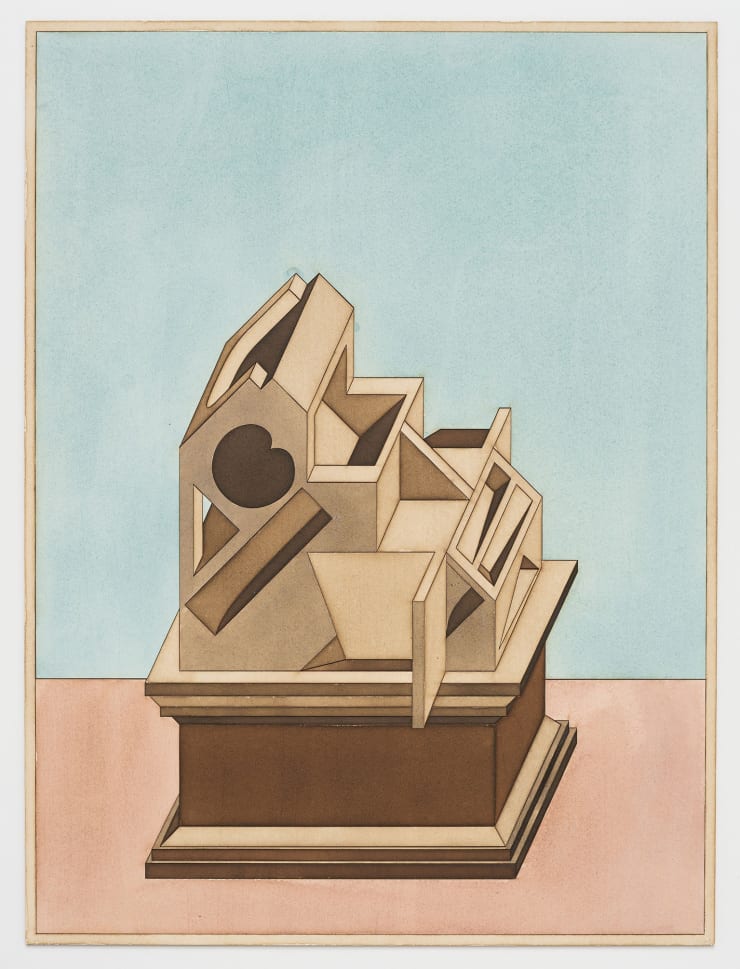Raphael Zarka | Gnomonic Woods
Raphaël Zarka grounds his artistic practice in theoretical and scientific research, focusing primarily on the sculptural potential of structures – including volumes and geometries – and their contexts and histories, influenced by architecture, urban life, and the histories of art and science. He maintains a special interest in geometry, as it is a common language across different fields (such as art, science, and technical domains), as well as for human-made objects, especially those that have been forgotten or overlooked.
Since 2001, the artist has been exploring the rhombicuboctahedron, a complex three-dimensional geometric solid. This shape belongs to the Archimedean family – precisely symmetrical forms composed of more than one type of regular polygon. This investigation led him to a study of sundials (stone structures used to measure time, whose sculptural and functional configurations are highly complex), particularly Scottish ones from the 17th and 18th centuries. Their designs also feature this type of rhombicuboctahedral structure, combined with specific patterns, motifs, geometric volumes, and, of course, functionality. These “gnomonic sculptures” have never been fairly considered by historians and, as the artist emphasizes, they are “an important and forgotten (or even unknown) part of the history of sculpture and, more precisely, of geometrical abstraction.” These sundials, therefore, are now the central focus of Zarka’s research. He has also compiled a catalogue raisonné featuring over one hundred documented examples of rhombicuboctahedra.
This broad line of research underpins the series of works that gives the exhibition its title, Gnomonic Woods (2025). Although inspired by the esoteric vocabulary found in sundials – circles, semicircles, hearts, triangles, crosses, trapezoids, and so on – these woodcut prints convey the spontaneity of studio production and reveal the core of the artist’s sculptural practice, now transposed into pictorial language through combinatorial systems. This is the first time he has worked without prior planning; following a protocol that embraces chance, he allows for spontaneous color layering and deconstruction of sundial elements, yielding a wide variety of forms. Technically, the process is similar to woodcut: he inks pieces of wood cut into triangles, circles, squares, and other shapes, then presses them onto paper. Once the composition is complete, the artist mounts the paper onto a wooden board – a recurring element in his work and also a way of experimenting with overlays of shapes and colors. These layered processes make each work unique.
Also part of the exhibition, for the Prismatiques (2013) sculptures, the artist transforms solid blocks of jatobá wood into wedge-shaped pieces, then arranges them in distinct combinations atop concrete bases. Besides exploring the uniformity and precision of the woodcut, each sculpture highlights the randomness of natural fissures. Zarka applied the same precision to the work La Déduction de Wenzel (2013), but through a subtractive technique. In this work, he carved geometric forms from plywood boards to revisit concepts related to the history of painting and studies in perspective. This approach positions him as both a creator and observer of art.
On the main wall of the gallery’s Modernist Room, Zarka is presenting a wall painting created exclusively for the exhibition. Conceived to represent São Paulo’s geographic position, the work features diagonal lines indicating the city’s latitude while also alluding to sundial pointers – called gnomons, or shadow hands. The painting’s pastel tones evoke the gradient of shadows, interrupted by two smaller works that depict sundials, made using marquetry, paint, and gesso. The artist’s process of creating these works involves a thoroughgoing study of prior etchings or existing objects, projecting their 3D versions, and then finishing their representation after axonometric rendering. Marquetry, a traditional technique involving the inlay of small wooden pieces, echoes the method that Zarka used to assemble the wooden elements of the Prismatiques.




















